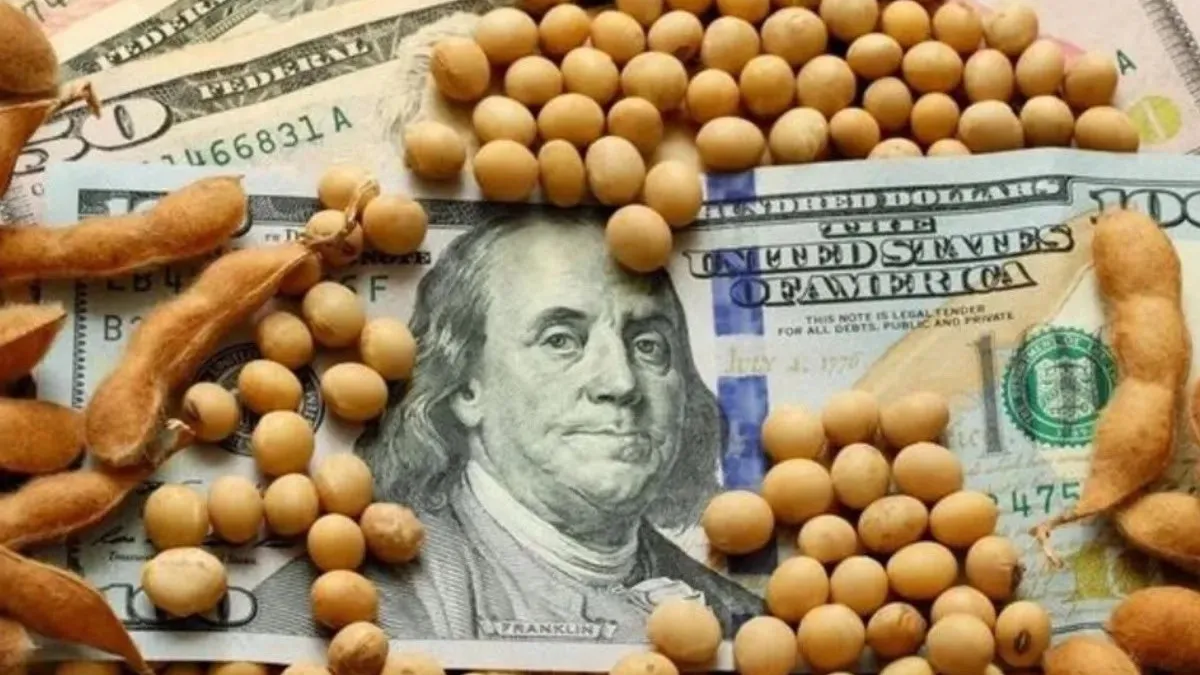Soybean quotes for the week rose by 11% due to heat-induced crop deterioration

In certain soybean growing regions of the United States, crop stress is increasing due to lack of precipitation. The central areas of the Midwest are suffering the most, while the Plains are receiving fairly intense rains, so corn has been hit the hardest and prices have risen more. Rains are expected in the next 5-7 days, which will lower temperatures and improve conditions for plant development, which will reduce speculative pressure on prices.
According to NASS USDA data, as of June 18, the number of U.S. soybeans in good or excellent condition for the week decreased by 4% to 54% (68% last year), and in poor or very poor condition increased by 3% to 12% (6% last year).
On the Chicago stock exchange, futures rose in price yesterday:
- July futures – by 2.5% to $556.6/t (+8.9% for the week, +13% for the month),
- November futures – by 2.5% to $506/t (+11% for the week, +14.8% for the month).
Yesterday, the Environmental Protection Agency released the official Renewable Fuel RFS regulations, which set biomass diesel (which is made primarily from soybean or canola oil) at 2.82 billion gallons in 2023 and 3.04 billion in 2024. gallons, for 2025 – 3.35 billion gallons, while the figures for 2024 and 2025 were expected to be 2.89 and 2.95 billion gallons.
However, the American Soybean Association called the decision “disappointing,” noting that it “threatens the success of the biodiesel industry, deters investment and development by severely limiting annual increases in commitments and failing to take into account the industry’s progress.”
Read also
Sunflower oil. Focusing on the prospects of the current 2025/26 season
How buckwheat can reveal Ukraine’s real population — Serhiy Hromovyi
Australian associations welcome Pakistan’s approval of GM canola imports
Winter crop sowing campaign in Ukraine is nearing completion
India has completely suspended purchases of sunflower oil
Write to us
Our manager will contact you soon


